By Dr Ng Chung Sien, Resident Physician, Changi Sports Medicine Centre
Cyclists can sustain two main types of injuries: traumatic injuries and overuse injuries. The former come mostly from accidents while the latter occur among cyclists who ride regularly, especially those involved in competitive and endurance racing.
This article discusses some common overuse bicycling injuries.
Neck pain
When riding, the load on the cyclist's arms and shoulders is increased by riding in the ´drops' of the bicycle handlebars, as his/her weight is projected forward and the neck is hyper-extended. Road vibrations magnify the impact felt by the cyclist's body, transmitted through the handlebars to the shoulder girdle and neck, especially when the handlebars are set in the ´hands low' position.
This results in two problems. First, the cyclist can develop painful muscle spasms (called ´trigger points') in and around the neck. This, in turn, sends pain signals to the central nervous system and triggers a spasm-pain-spasm cycle. Subsequently, additional trigger points are recruited, resulting in further pain. The second problem relates more to endurance cyclists. A long, hard ride in the ´drops' with the neck hyper-extended may produce thousands of micro-whiplash motions to the neck. Taken together, they cause recurrent micro-tissue damage, including strains and spasms.
A comprehensive approach to managing overuse neck problems includes:
- Modifying the bike's set-up bike to reduce the amount of hyper-extension of the neck. This can be done by either raising the handlebars or by using handlebars with a smaller drop. Another method is to reduce the extended position of the rider by using a stem with a shorter extension, moving the bicycle seat forward on its rails, or both. Road shocks may be reduced by using wider tires and inflating them to the minimum required amount and by using padded gloves and padded handlebar grips.
- Improving riding technique. A rigid riding position transmits more road shocks to the neck and shoulder girdles. Shocks and muscular tension can be reduced by riding with unlocked elbows and by changing hand positions frequently.
- Medical treatment
Low back pain
A cyclist uses the low back as a platform to control and power the bicycle. The position of this platform, in large part, determines the comfort and quality of the ride. The fore-and-aft and side-to-side balance of this platform is crucial for the effective transmission of force to the pedals. In the dropped handlebar cyclist, the fore-and-aft movement of the lower back can cause low back pain.
If the stem/tube length of the bike is too great, the rider will be in an extended lumbar posture. This results in painful pressure on the lower back. Conversely, if the stem/tube length is too short, the lumbar spine will be in a flexed posture and this can increase pressure on the vertebral discs and cause pain.
Side-to-side balance is also important. If the bicycle seat is too high, the rider must rock from side-to-side in order to pedal. A rider with leg-length discrepancy must rock to the side of the shorter leg. This repeated tilt stresses the lower back and may produce pain.
Similarly, a leg-strength discrepancy may have a similar effect with the rider rocking towards the stronger leg. Cyclist who experience persistent low back pain should consult a doctor. If the low back pain is attributed to the problem of leg-length discrepancy, cyclist should visit a bike fit specialist. Using shims and proper cleat positioning to correct for leg-length discrepancy can help relieve the low back pain. Attention to bicycle fit is paramount for the prevention and treatment of low back pain.
Buttock pain
If the buttock muscles become tight or cramped, this can put pressure on the nerve below the muscles and cause buttock pain. Sustained pressure over the bony prominences over the buttock can also produce buttock pain, especially in the new rider. Repeated friction on the skin over the bony prominences can result in the formation of painful blisters and sores. Mild skin chafing usually responds to the application of drying talcum powders or lubricating ointments. More severe ulcerating sores may require rest and appropriate ulcer treatment. To prevent buttock pain: adjust for the most appropriate saddle height and angle, wear padded shorts and use a more cushioned saddle.
Knee pain
This is the most common lower extremity overuse problem in cyclists. Patellofemoral pain syndrome, characterized by pain behind the knee cap, may be precipitated by hilly rides, riding in big gears or at too slow a cadence. This may be aggravated by other knee-joint-loading activities, such as stair climbing/descending, squatting or weight room activities. In a cyclist with patellofemoral pain, the bike saddle may be too low and/or too forward, causing excessive knee joint loading throughout the pedalling stroke.
Patellar tendinopathy is another common cause of knee pain. It is an injury that affects the tendon connecting the knee cap to the shinbone. Excessive angular traction of the tendon while pedalling may cause irritation and swelling of the patella tendon. In the inner aspect of the knee, the two most common knee problems are irritation of the medial plica and the medial patellofemoral ligament (MPFL). The cyclist usually describes a sharp pain on the inner borders of the knee cap with each pedalling stroke. Exquisite point of pain may be palpable at the inner knee cap margin.
Iliotibial band (ITB) syndrome results in pain over the outer aspect of the knee joint. The iliotibial band is a group of tough fibres that run along the outer thigh to the knee joint. It acts, primarily, as a stabilizer during running and cycling. Irritation and friction of the ITB fibres can cause pain during cycling. This pain often follows the rhythm of the pedalling. Cyclists who experience persistent knee pain should consult the doctor or physiotherapist. They should also have their bike-fit adjusted in relation to the knee injury.
In summary, overuse injuries in cycling are common and almost always cause pain. Such injuries can result in decreased performance, participation and enjoyment for cyclists at any level. Conventional medical intervention and correcting and customising bicycle fit are essential in the treatment and prevention of overuse injuries.
Changi Sports Medicine Centre (CSMC) is the largest multi-disciplinary sports medicine centre in Singapore. Set up by Changi General Hospital, it caters to both recreational and competitive athletes. Services include treatment of sports Injuries, injury prevention and performance enhancement, exercise testing and prescription for those with medical conditions, weight management and sports event medical coverage.

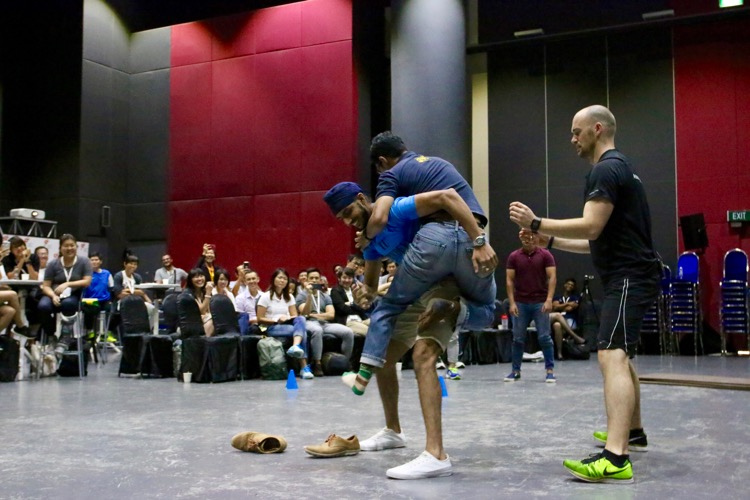

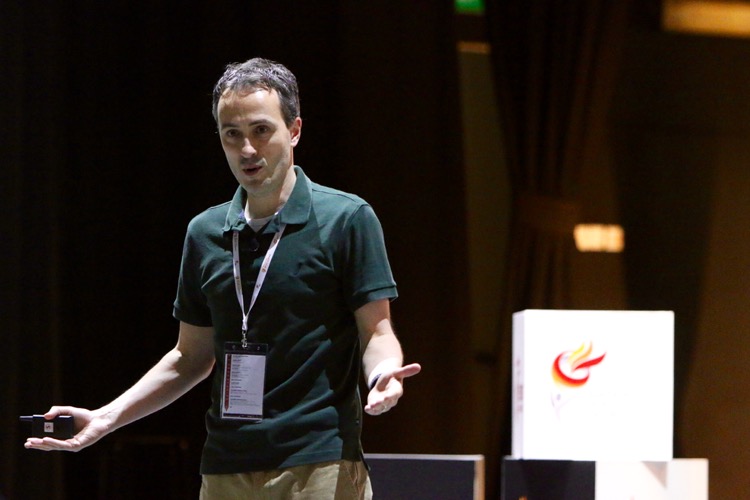
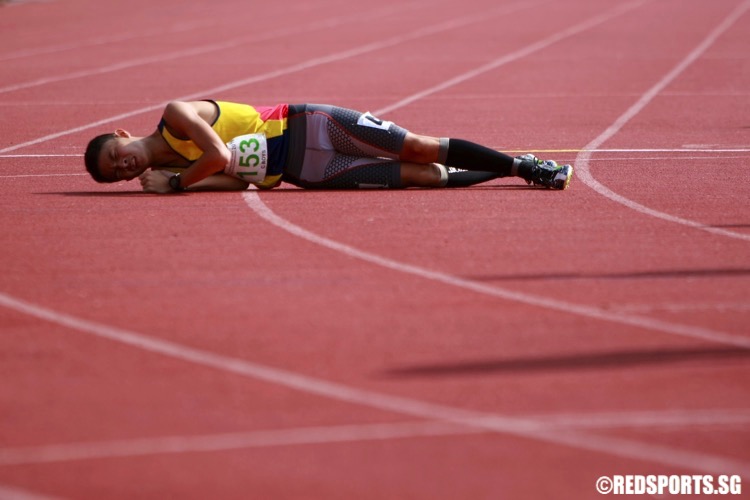
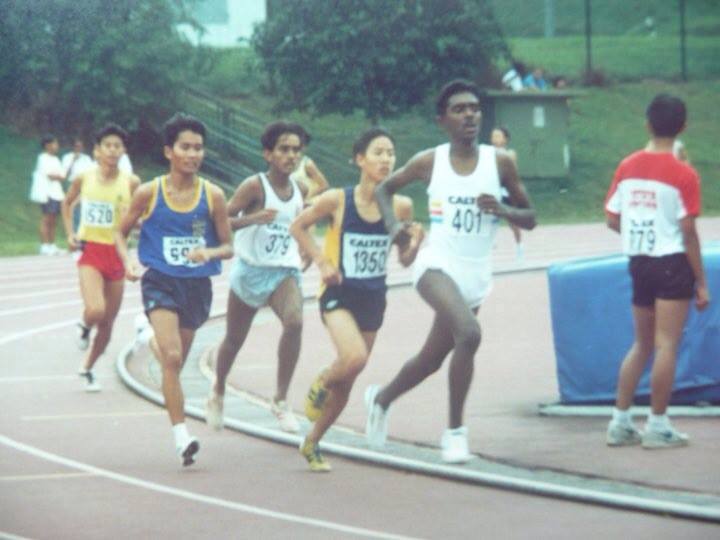
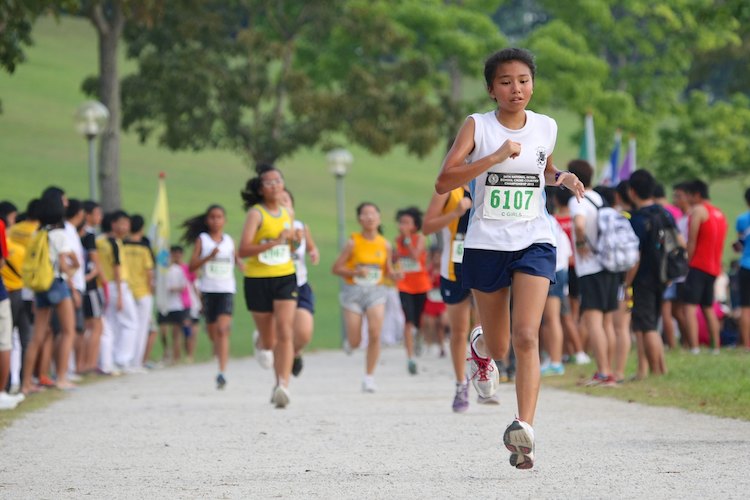
i had an acl reconstruction on one knee and patella tendinopathy on another knee and i was told by my doctor and physiotherapist that cycling and swimming is good as it doesn’t give much impact to the knees…
so it seems like cycling will also give problems to my knee… injuries suck!